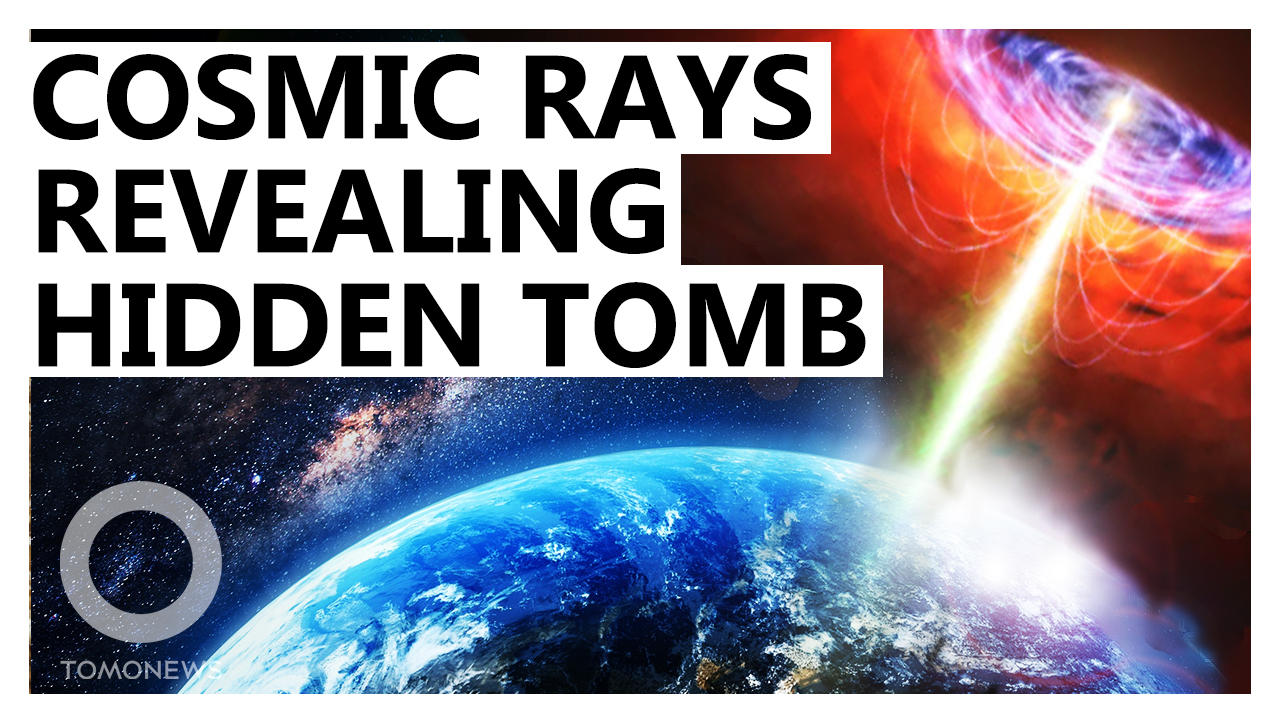
LINTONG DISTRICT, CHINA — The insides of the mysterious mausoleum of the first emperor of a unified China, Qin Shi Huang, could be illuminated by cosmic rays, according to The Times of London, which cites a proposal in the journal Acta Physica Sinica.
The site has never been fully excavated and has famously been guarded for 2,000 years by its Terracotta Army.” The new proposal seeks to take advantage of cosmic rays that interact with Earth's atmosphere and shower us with subatomic particles.
It suggests detectors installed below the burial site could measure the rate at which one type of particle, called muons[c], are absorbed, and provide a clear picture of the area hidden beneath the ground.
Historical accounts which suggest the burial chamber is surrounded by rivers of mercury have stoked intrigue around the site, as well as popular movies like The Mummy, which features the Terracotta Army.
The proposed technique for revealing that chamber has already been used to reveal the presence of a previously hidden, 98-feet-long chamber within the Great Pyramid at Giza.
